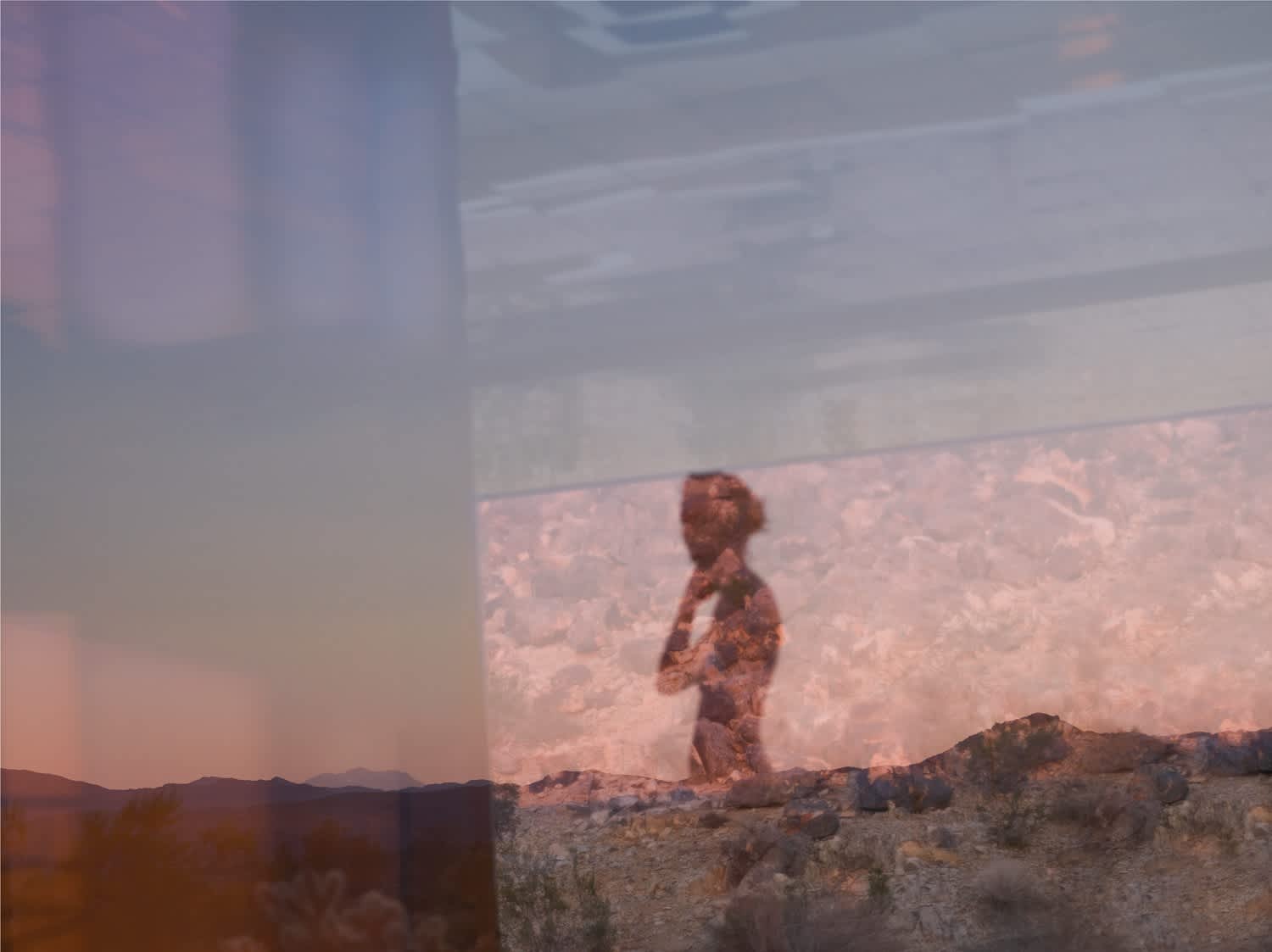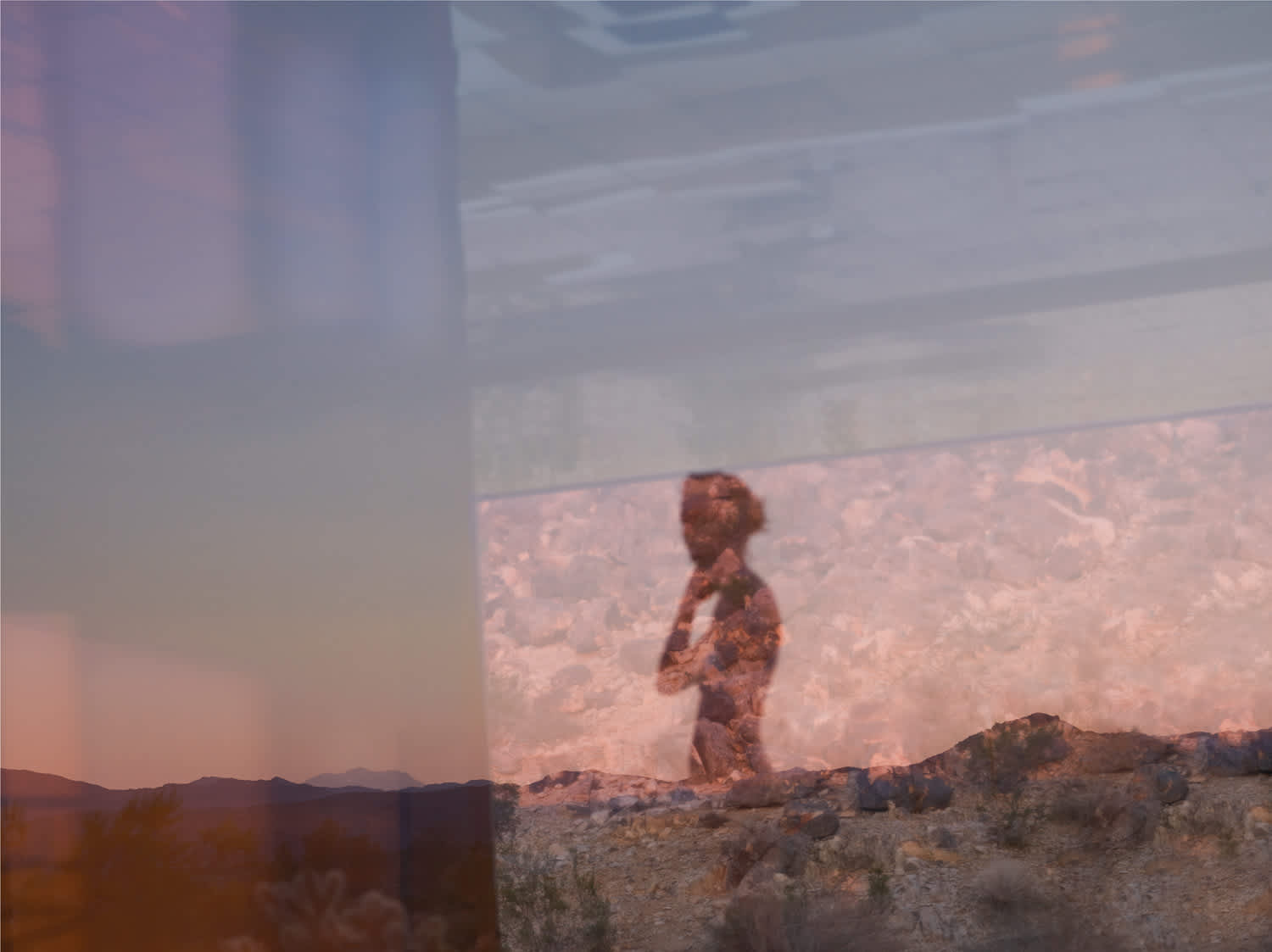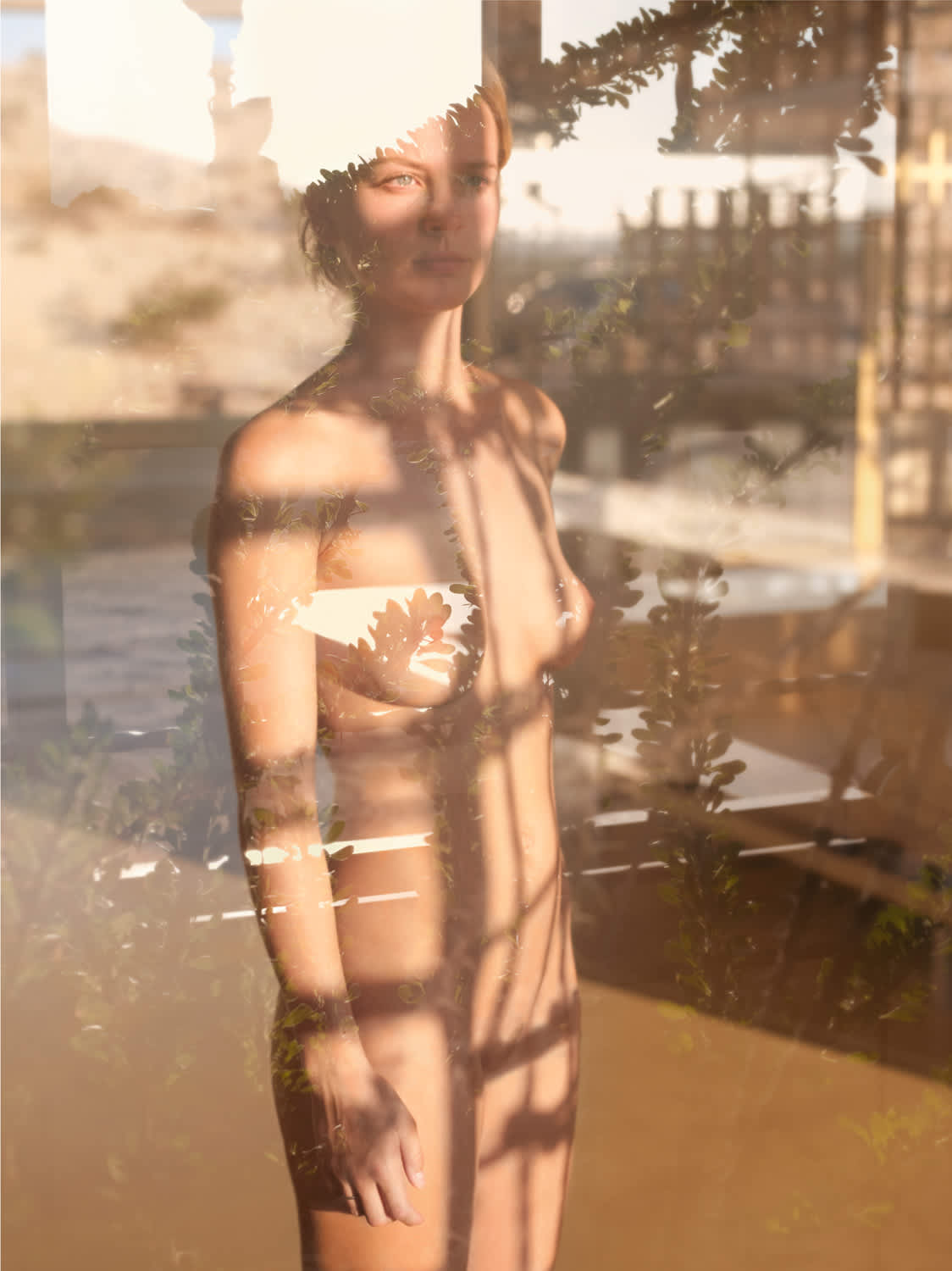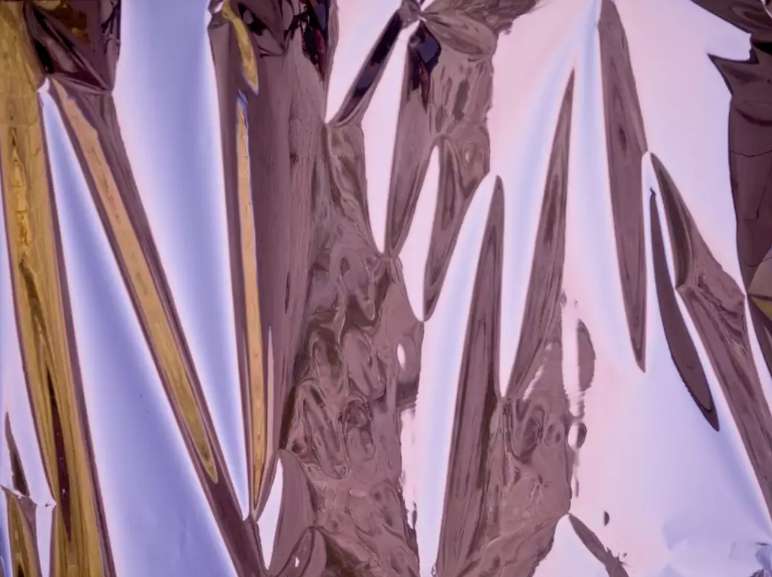Mona Kuhn: She Disappeared
Overview
Jackson Fine Art is proud to kick off 2019 with exhibitions of new work by Christopher Anderson and Mona Kuhn, two contemporary photographers making emotive portraiture that captures the universal by focusing on the very intimate.
Both artists released celebrated photobooks in 2018 — Christopher Anderson’s Approximate Joy (Stanley/Barker) is already in its second printing, and Mona Kuhn’s monographs She Disappeared into Complete Silence (Steidl) and Bushes and Succulents (Stanley/Barker) were among the most anticipated art publications of the year. On the evening of Friday, January 25th, the gallery will hold an opening reception with both artists in attendance. The following morning, Saturday, January 26th at 11am, Anderson and Kuhn will give artist talks “in conversation” at the gallery. Books will be available for sale and signing.
Approximate Joy is the gallery’s first exhibition of work by Magnum photographer Christopher Anderson. The series began as a commission to document life in China, for which Anderson chose to focus on Shenzhen, an industrial city in coastal China which has rapidly transformed from a remote fishing village to an affluent global metropolis of 20 million residents. The city provides the backdrop from which the artist consciously evokes the dreamlike quality and palate of futuristic fantasies of the recent past — specifically, those of Blade Runner. Shenzhen is a city of émigrés, China’s Silicon Valley, and scores of young people move to the city each year to work in the tech industry. Rather than employing traditional compositions of urban street photography — children at play, people at work on a bustling street — Anderson hyper-focuses on these individual faces in the crowd, capturing the universal facial expressions and private emotions that suggest Shenzhen could be any city in the modern world. An ethereal light permeates Anderson’s portraits — both the blue light of industrial pollution from nearby factories and the familiar glow of iPhone screens, and this aura underscores an isolation inherent to this body of work. These young professionals, alone in an increasingly mediated city and participating in the production of that condition, can only ever experience an approximation of joy.
While Anderson’ssubjects appear isolated within a crowd, Kuhn’s She Disappeared intoComplete Silencefeatures a single subject, physically isolated in a gold and amber landscape, an apocalyptic vision more Mad Max than Blade Runner. This latest body of work is named for the title of Louise Bourgeois’s first book — He Disappeared into Complete Silence (1947), a small volume in which the skyscrapers of Bourgeois’s adopted home of New York are personified in original parables. After Bourgeois, Kuhn’s She Disappeared […] draws on architectural lines and shadows, but retains the artist’s delicate treatment of the nude as its primary subject. Photographing her model Jacintha as reflected by the mirrors and glass panels of Robert Stone’s secluded golden palace outside of Joshua Tree, Kuhn moves her reimagining of the classical nude into a new direction of abstraction. As Salvador Nadales notes in his afterward to the Steidl monograph, this combination of the classic nude and a unique poetic abstraction recall Surrealist photographers Man Ray and Florence Henri, and her nude distortions recall the work of André Kertész.

















